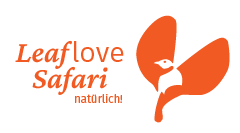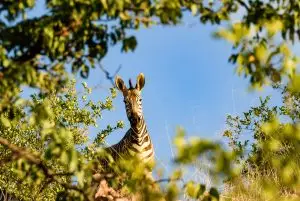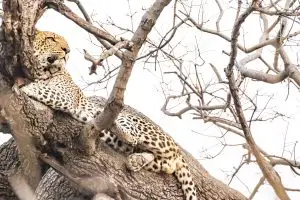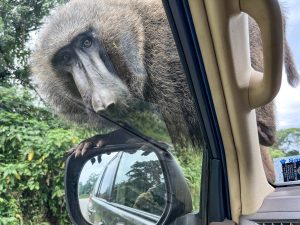A brief explanation about the migratory restlessness of the fantastic...
ViewWhen to travel to Namibia
The ‘best’ time to travel
- Home
- Information
- When to travel to Namibia
When is the "best" time of year to travel to Namibia?
Many Africa fans ask themselves this question every day.
In short:
Namibia is always beautiful,
but I’ll briefly write down the various scenes you may expect of the months:
January, February, March:
a dry heat lies over the country, every inhabitant hopes for a bit of rain. Once the thick clouds fall, nature blooms.
Then the air is wonderfully fresh, clear, clean and no longer warm. The gravel roads are very difficult to navigate in case of rai. The ditches and small “riviers” will have you wait for hours until the water has run off and then only you can drive through the depressions safely. In these instances a four-wheel drive would be very important. Important to remember: The danger of malaria in the northeast of the country is very high in the rainy season.
April, May:
the rain has either fallen or not – it has a summery feel but not as hot anymore, the days are still long but the nights are slowly getting longer. It’s a wonderful time to travel. If a large amount of rain has fallen, the wildlife in the national parks will be widely distributed and you will likely see little to no animals at the waterholes…. Due to this the animal observations in the (likely) green nature are all the more beautiful and you may even see a large amount of young animals.Plant, bird and reptile observations are a big highlight in these months. It is a wonderful time to travel because there are not countless tourists present in the country. The danger of malaria in the northeast of the country is still quite high.
June, July, August:
cold, dry, short day with longer nights. A lot of tourism is underway and the national parks vast amounts of animals can be seen, the dry months force them to venture to the waterholes. Nighttimes and the short twilights can get freezing, the days are sunny and at noon it is warmest. The risk of malaria in the northeast of the country is now very low.
September, Oktober:
Still crowded in the high season, I would like to mention that the tourist rush in Sossusvlei and Etosha Park has already reached the immeasurable upper limit. The days are long again and it is getting significantly warmer. Sunny, warm to hot days. September could be quite windy. At the waterholes in the national parks there is a lot of activity. Lions, elephants and other animals are often seen. The danger of malaria in the northeast of the country is low.
November, December:
A bearable dry heat is ever present. Perhaps the one or the other longed-for rain showers relieve the dry nature. Tourism is still present in November, but decreases towards December. The bird life is at an all time high! The migratory birds have arrived and hunger for the many insects of Namibia. Many acacias are green and the country is gorgeous.
This could also interest you:
Striped, Reasons for Zebras to have them
Reasons why zebras have stripes. A scientific explanation of the...
ViewNamibia / Uganda, no comparison…
Traveling to Uganda is a vastly different experience compared to...
View



